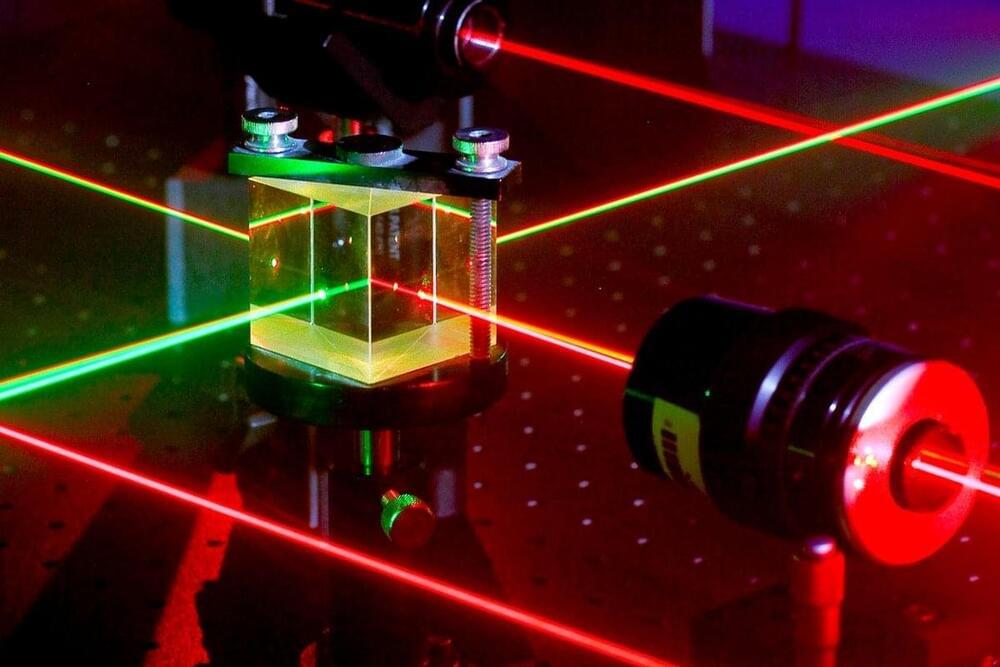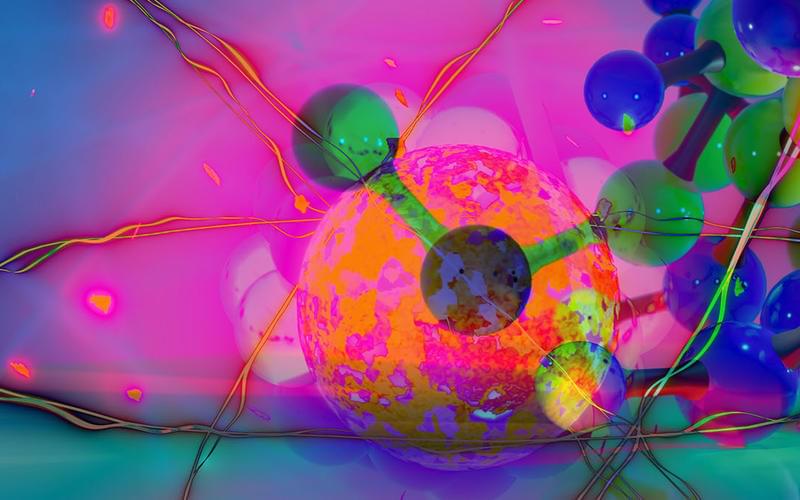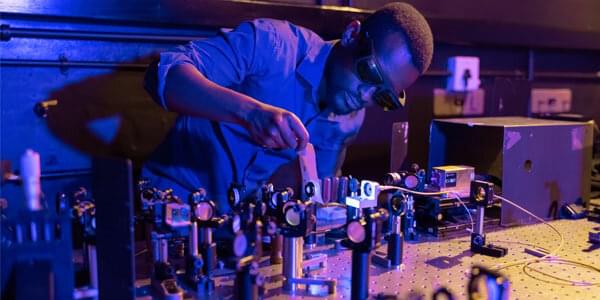Circa 2019
LONDON — A laboratory in Switzerland has found a way of using a laser to change and regulate the polarization, wavelength and intensity of light in “excitons” in 2D materials, creating the potential for a new generation of transistors with less energy loss and heat dissipation, opening up the potential for low-power quantum computing.
Excitons are created when an electron absorbs light and moves into a higher energy level, or “energy band” as it is called in solid quantum physics. This excited electron leaves behind an “electron hole” in its previous energy band. And because the electron has a negative charge and the hole a positive charge, the two are bound together by an electrostatic force called a Coulomb force. It’s this electron-electron hole pair that is referred to as an exciton.
Scientists from EPFL’s Laboratory of Nanoscale Electronics and Structures (LANES) had already developed a method to control exciton flows at room temperature last year. In the latest development, they have discovered new properties of these quasiparticles that can lead to more energy-efficient electronic devices and have found a way to control some of the properties and change the polarization of the light they generate. The scientists’ discovery forms part of a relatively new field of research called valleytronics and has just been published in Nature Photonics.









